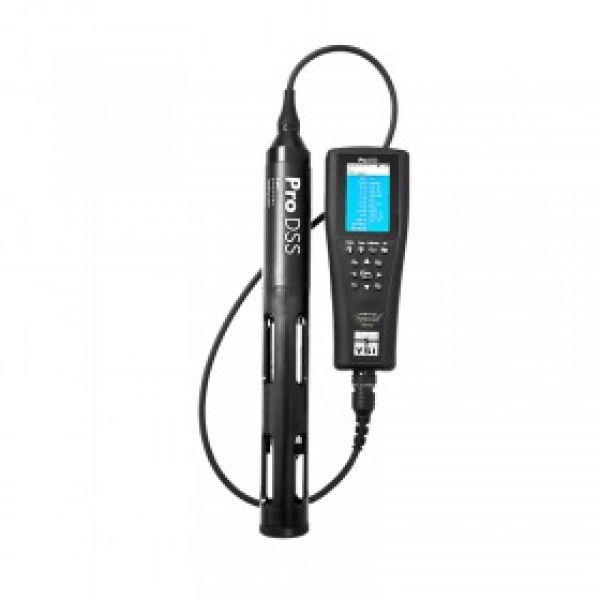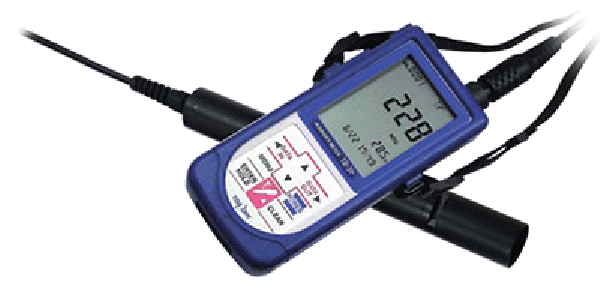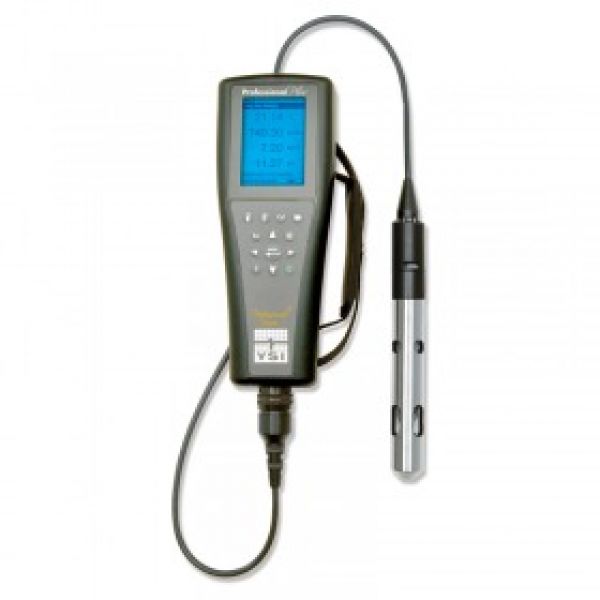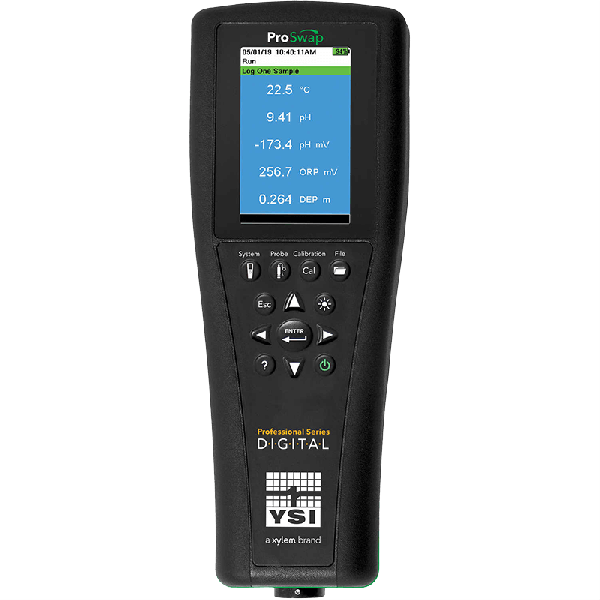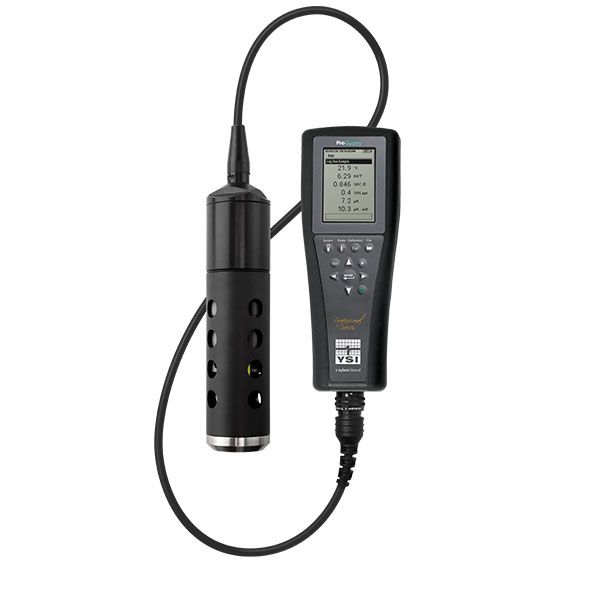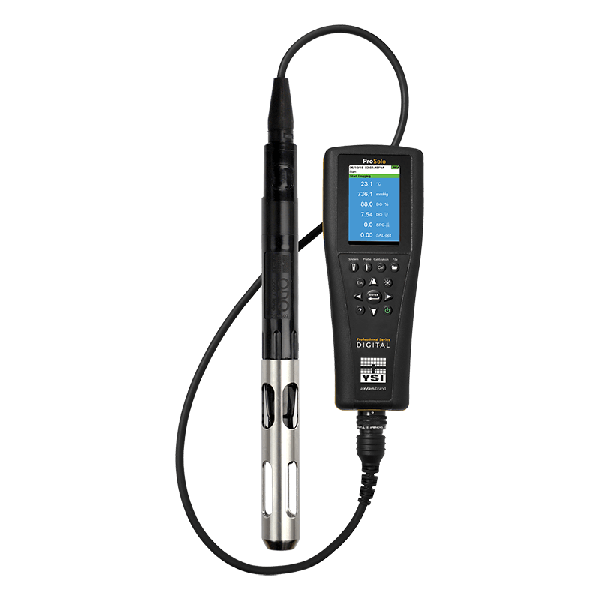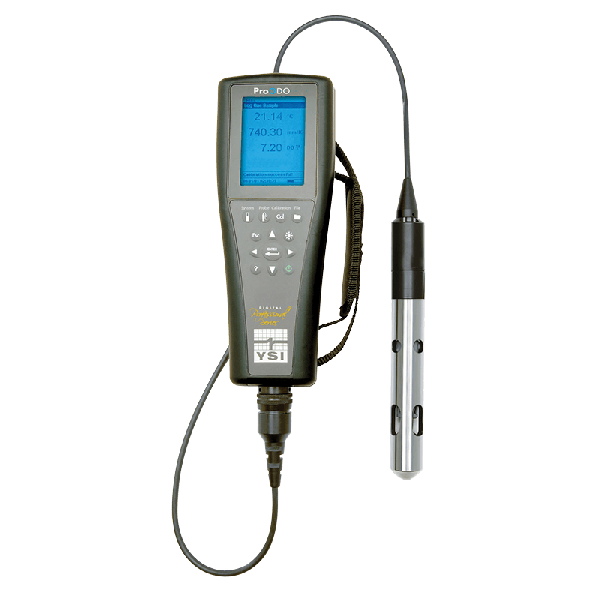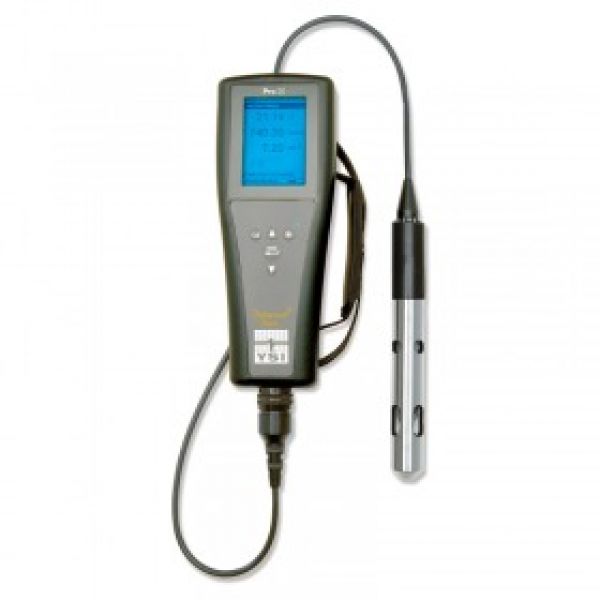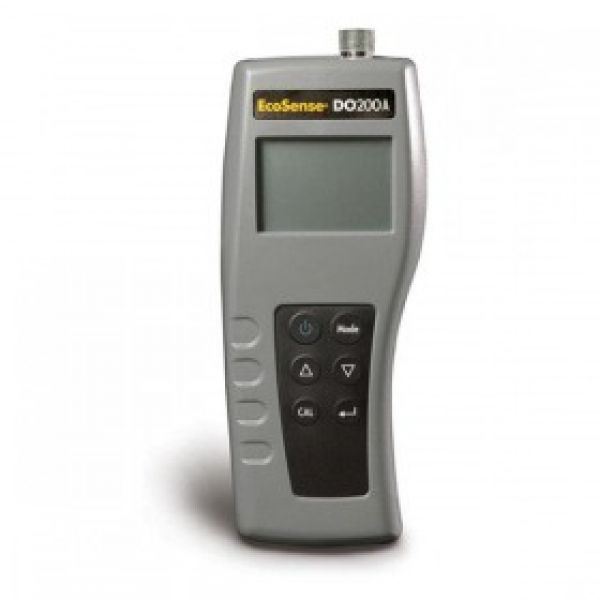Air-Met Scientific offers a wide range of water quality sampling equipment available for hire from our 6 rental offices nationwide. Our water quality sampling rental product range includes:
- Multiparameter water quality meters
- Turbidity meters
- Dissolved oxygen meters
Contact your local Air-Met Scientific Rental office to discuss your project requirements.
Water quality sampling is the process of collecting and analysing samples of water from various sources such as lakes, rivers and groundwater to assess the quality, characteristics, and composition of the water. A fundamental practice in environmental science, water resource management, public health, and various scientific and industrial fields, the primary goal of water sampling is to observe and measure how the quality of water changes over time. Here are some common water sampling methods:
Grab Sampling - This involves physically collecting a single sample at a specific location and time. This method is commonly used for analysing parameters such as temperature, pH, turbidity, dissolved oxygen, nutrients, and contaminants.
Composite sampling - It involves collecting multiple water samples at regular intervals for a longer period, usually 24 hours to assess the changes in water quality over time. Composite sampling can be conducted using automatic or manual methods.
Pump Sampling - Water quality sampling pumps are designed to collect an accurate representation in terms of representation and integrity for further water quality analysis. The choice of water pump being used will depend on the type of water source, the parameters being measured, and the specific sampling requirements. Some common types of water sampling pumps include:
- Peristaltic Pumps - Commonly used to collect groundwater samples from monitoring wells, and boreholes. Preristaltic pumps are widely used in various industries and applications where precise and gentle fluid transfer is required,
- Bladder pumps - Bladder pumps are designed to collect water samples from monitoring wells, boreholes, and other subsurface water sources while maintaining sample integrity, preventing cross-contamination, and causing minimal disturbance to the natural stratification of water and contaminants.
- Submersible Pumps - Submersible pumps are devices used in groundwater monitoring to extract water from wells or boreholes. They are installed below the water surface and operate underwater, drawing water into the pump through an inlet and then pushing it to the surface or into a distribution system.
Bailers - These slender cylindrical containers are used for collecting groundwater samples from wells or boreholes. They are manually lowered into the well and then the sample is withdrawn. Bailers are commonly used for rapid, low-cost sampling of groundwater for various analyses, such as contaminant levels and water quality parameters.
Yes, decontaminating groundwater sampling equipment is absolutely necessary for several critical reasons. Decontaminating your groundwater sampling equipment prevents cross-contamination between sampling locations and ensure accurate and representative water quality data. Groundwater sampling equipment can become contaminated with substances from previous sampling events or from the environment, which can bias subsequent sampling results and compromise data quality.
Decontamination procedures typically involve cleaning the equipment with appropriate disinfectants or decontamination solutions to remove any residues or contaminants that may be present. Decontamination protocols may vary depending on the specific equipment used and the substances being measured.
Decontamination, calibration solutions and water quality consumables are available from your local Air-Met Rental office.
Measuring water quality parameters involves using various tools and techniques to assess the physical, chemical, and biological properties of water. Parameters that are usually sampled or monitored include:
- pH (Acidity or Alkalinity) - The pH in water describes the acidity or alkalinity of a water based solution. The pH scale ranges from 0 to 14 where a pH of 1 indicates strongly acidic, a pH of 7 indicates neutral and a pH of 14 indicates high alkalinity. The pH of a solution is commonly measured using a pH Meter or using pH test strips.
- Turbidity - Turbidity is a measure of the cloudiness or clarity of water. If water has suspended particles such as silt, algae, or sewage it can cause the water to appear murky, resulting in a high turbidity reading. Clear water on the other hand will have a low turbidity reading. A turbidity meter can provide accurate concentration of turbidity.
- Dissolved Oxygen (DO) - Dissolved oxygen (DO) refers to the concentration of oxygen molecules (O2) that are dissolved in water. DO is essential for aquatic life as a low DO level can indicate pollution or inadequate aeration. A dissolved oxygen meter is commonly used to measure the concentration of oxygen dissolved in water and is typically expressed in units of milligrams per litre (mg/L) or parts per million (ppm).
- Conductivity - Conductivity in water measures its ability to conduct electricity, influenced by dissolved ions. Pure water is a poor conductor, but dissolved substances like salts increase conductivity. High conductivity suggests the presence of dissolved solids or pollutants, while low conductivity may indicate pure water. Monitoring conductivity using conductivity or multiparameter instruments are crucial for assessing water quality in environmental, industrial, and water treatment applications.
- Total Dissolved Solids (TDS) - Total Dissolved Solids (TDS) in water refer to the total concentration of dissolved inorganic and organic substances present in a water sample. TDS is typically measured in milligrams per litre (mg/L) or parts per million (ppm). It is an important parameter to monitor in water because it provides valuable information about water quality and potential contamination.
These parameters are often measured and monitored to ensure compliance with water quality standards and regulations, as well as to identify trends and potential environmental concerns. The specific parameters of interest can vary depending on the intended use of the water and the environmental context.
Groundwater levels are measured using various techniques and instruments, depending on factors such as the depth of the water table, accessibility of the monitoring well, and the required level of accuracy. Common methods for measuring groundwater levels include:
- Water Level Indicators: Water level meters consist of a graduated tape marked with depth increments and a probe or weight attached to the end. The tape is lowered into the monitoring well until it makes contact with the water surface. The depth to the water surface is then read from the tape where it exits the wellhead.
- Data loggers: These devices electronically measure and record parameters like water level, temperature, and conductivity over time. They offer remote data access and valuable insights into trends, but their cost and complexity vary depending on features.

